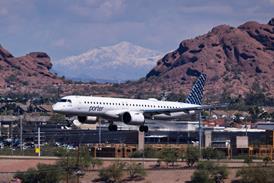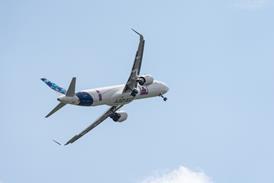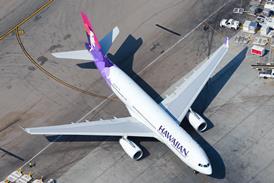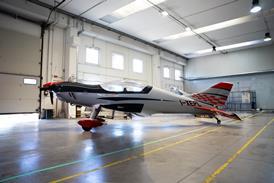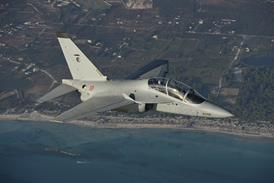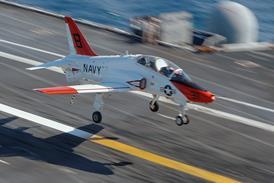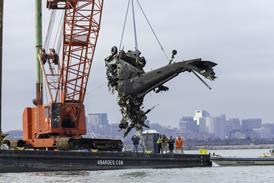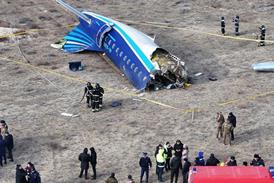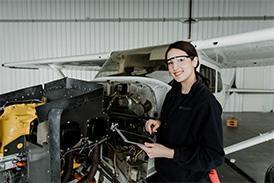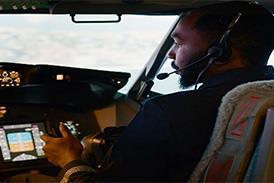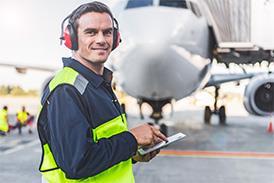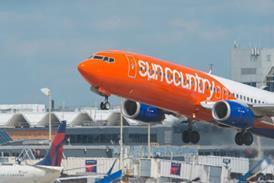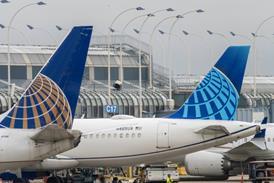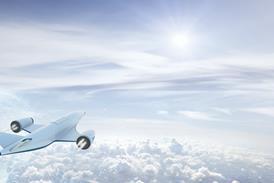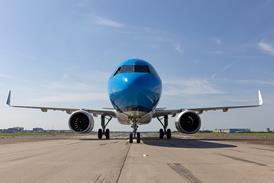US President Donald Trump has shocked the world with the extent and severity of his tariff policy against both friends and foes.
Key partner nations on major defence aerospace programmes are no exception. Allies such as the EU, Japan, and the UK – all with involvement on a range of programmes – are in Trump’s tariff firing line.
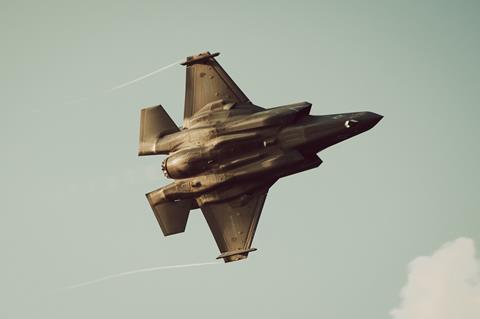
These changes could well mark the end in what has been a remarkable era of globalisation for the USA’s big defence aerospace players, which have spent decades boosting international involvement in their products.
The Lockheed Martin F-35 is but one such example. BAE Systems produces 15% of each aircraft, with Italy, Japan and many other countries contributing various content. Rolls-Royce, another UK firm, is the sole producer of the F-35B variant’s lift fan.
It is all but impossible to name a US aircraft that does not rely on foreign contributions, from the Boeing AH-64E Apache attack helicopter to the Lockheed C-130J tactical transport. In the world of Trump, what is the tariff treatment for the sector’s vast tangle of overseas suppliers?
Compounding the issue, there could well be tariffs imposed on key aircraft production inputs such as aluminum, titanium and steel – all vital to aircraft production.
Trumpian logic argues that imported goods represent foreign exploitation of the US market, and that such work should be repatriated. Yet even if US aerospace firms wanted to eliminate foreign suppliers, doing so would be no easy feat.
America’s aerospace workforce is ageing and edging toward retirement. The maintenance, repair and overhaul sector has long warned of skilled labour shortages. Meanwhile, the administration’s hostile stance on immigration – including skilled workers – and a politically charged environment may dissuade newcomers.
On top of that, younger Americans often prefer flexible work options, making factory jobs in aerospace less appealing.
It will take years to gauge the full impact of Trump’s tariff policy on the US defence aerospace sector. What is certain is that costs are likely to rise. And beyond cost, there is reputational damage. Trump’s trade policies risk alienating foreign governments – discouraging them from buying American or integrating into American supply chains.
Beyond the spectre of Trump’s tariffs, Leonardo sees an upgraded version of the M-346 as the best option for training pilots for the Global Combat Air Programme, or GCAP.
Colombia has selected the Saab Gripen E/F as its next fighter, while Norway received its last two F-35As, fulfilling its programme of record for the stealthy type.
For this and more coverage, visit our defence landing page.

